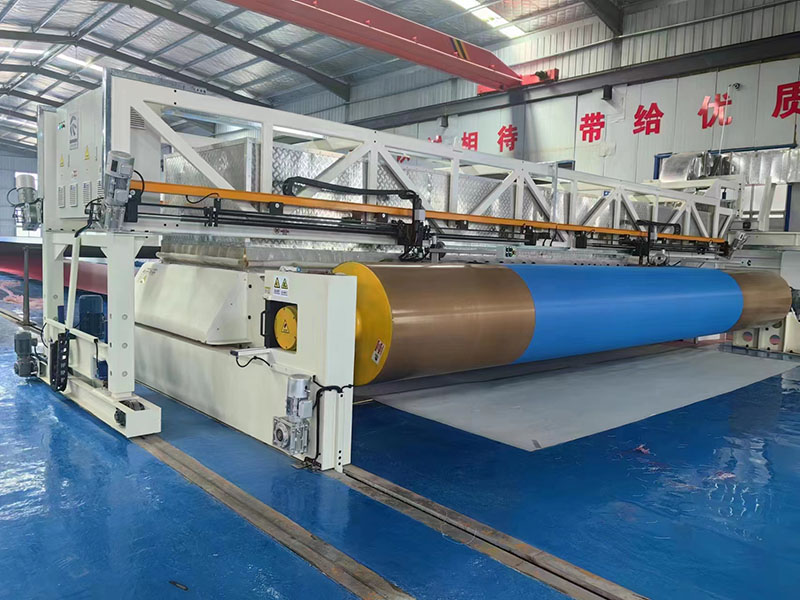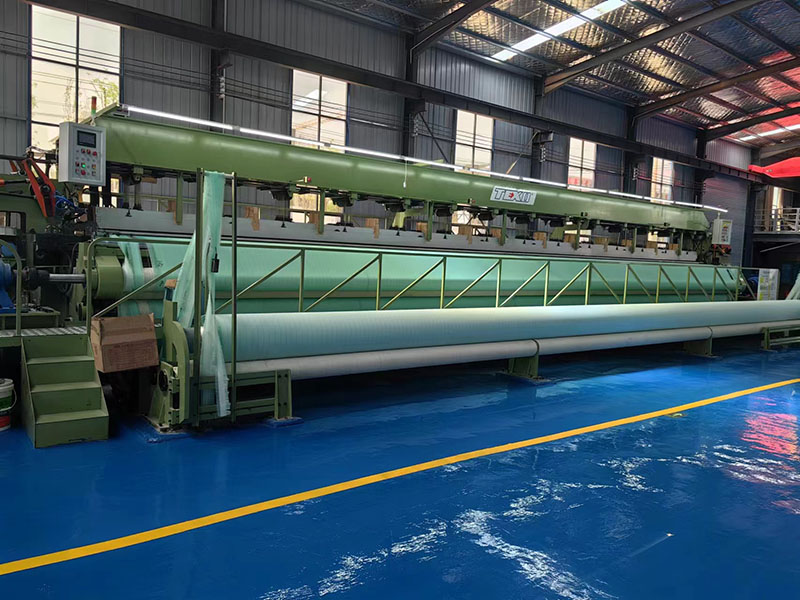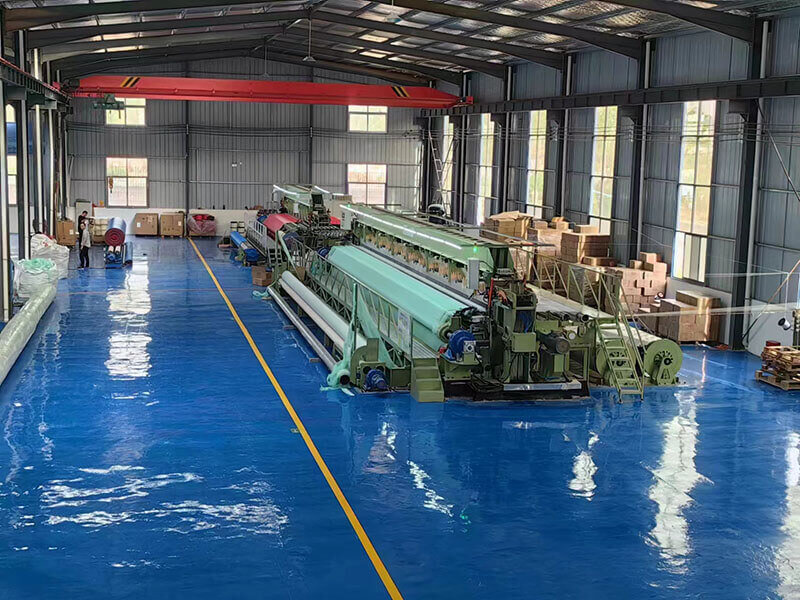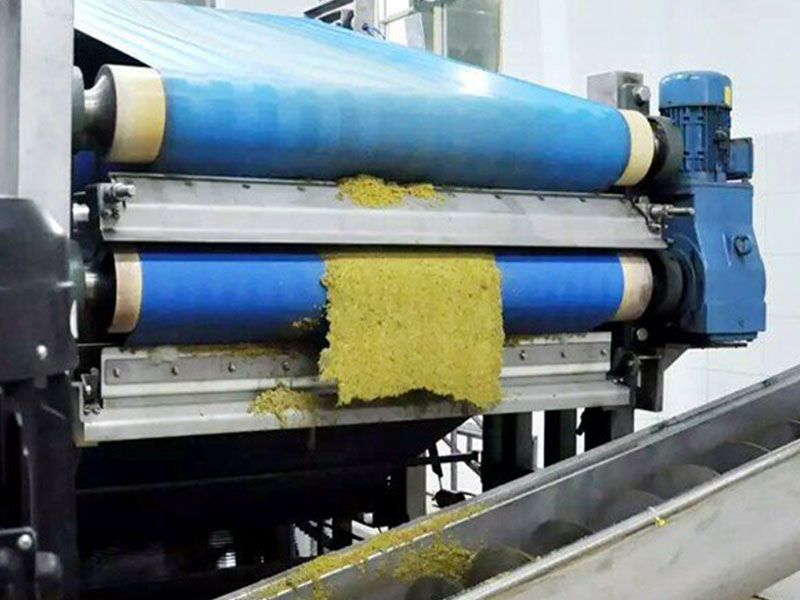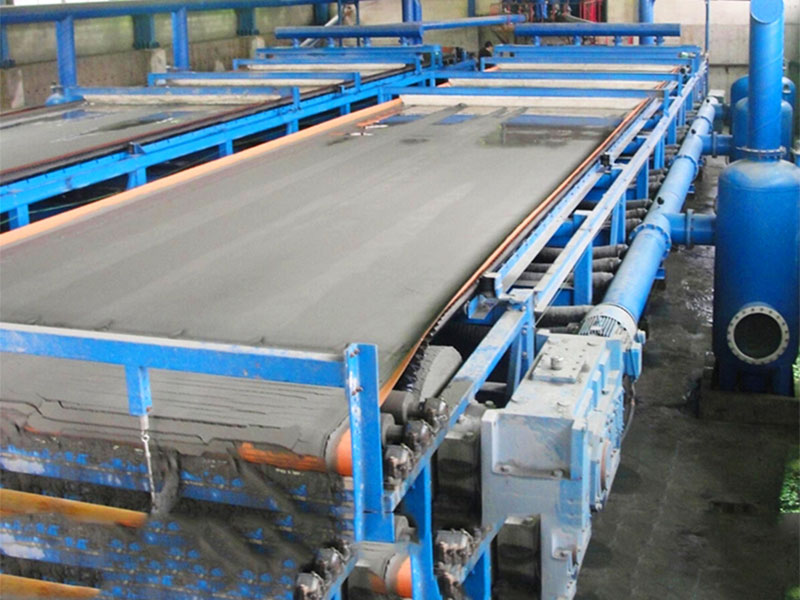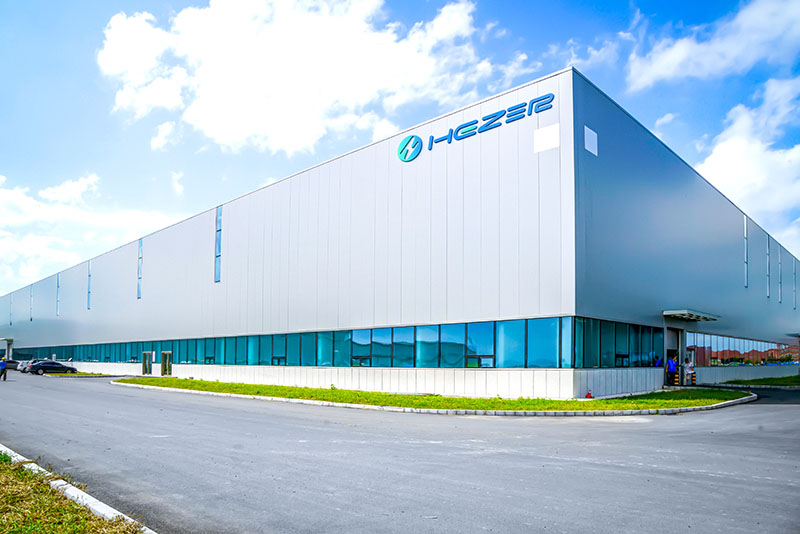Forming fabrics are integral components in paper and board machines. They provide support and assist in the transportation of the wet paper web throughout the production process. In the papermaking industry, forming fabrics significantly influence drainage efficiency, which directly impacts paper quality. The right forming fabric ensures proper drainage, smooth paper surface, and high production efficiency.
In this blog, we will explore the features, benefits, and advantages of PMC forming fabrics and why they are the preferred choice for many paper manufacturers. As a trusted China manufacturer, we are dedicated to providing top-quality PMC fabrics that optimize papermaking performance. Let’s dive into the essential aspects of these fabrics and their role in improving the papermaking process.
What Are Paper Forming Fabrics?
Forming fabrics are used in the forming section of the paper machine to support and transport the wet paper web. They help remove water from the pulp slurry, allowing the paper to form a sheet. The drainage efficiency of these fabrics plays a crucial role in the quality and consistency of the paper. Proper drainage ensures the fiber mat is evenly distributed, resulting in smooth and high-quality paper.
PMC forming fabrics (Polyester Monofilament Cloth) are an advanced type of forming fabric made from polyester filaments. These fabrics are designed to deliver high performance in terms of drainage, wear resistance, and fatigue resistance, making them an ideal choice for a variety of papermaking applications.
Why Choose PMC Forming Fabrics?
1. Long Service Life
One of the standout features of PMC forming fabrics is their long service life. Unlike traditional forming fabrics, PMC fabrics are designed to withstand the wear and tear of continuous use in demanding papermaking environments. This extended lifespan translates into fewer fabric replacements, reducing downtime and operational costs for paper mills.
2. Good Wear Resistance
PMC fabrics are engineered to offer excellent wear resistance. They can withstand the high pressures, abrasion, and chemical exposure typical in paper machines. This robust resistance ensures that the fabrics maintain their functionality over time, helping improve the overall efficiency of the paper production process.
3. Low Net Consumption
PMC forming fabrics are designed to be energy-efficient and use fewer raw materials compared to other types of fabrics. Their low net consumption reduces the environmental footprint of the papermaking process and helps save on production costs. Paper mills benefit from both lower operational costs and a more sustainable process.
4. High Fatigue Resistance
Fatigue resistance is an essential feature of forming fabrics. PMC fabrics offer superior fatigue resistance, meaning they can endure the mechanical stresses of continuous paper production. This durability ensures consistent performance and a longer operational lifespan, even under heavy loads and fast production speeds.
5. Light Mesh Texture with Excellent Molding Quality
PMC forming fabrics are made with a lightweight mesh texture, allowing for better handling and transportability. Despite their lightweight nature, these fabrics provide excellent molding quality, ensuring smooth, high-quality paper production. The quality of the paper sheet is less prone to defects such as wrinkles, uneven thickness, or poor surface quality.
6. Lightweight and Easy to Transport
Transporting heavy forming fabrics can be cumbersome and expensive. PMC fabrics, however, are designed to be lightweight, making them easier and more cost-effective to transport. This feature reduces logistical costs, especially for paper mills located far from suppliers.
7. Easy Installation
Another advantage of PMC fabrics is their ease of installation. These fabrics are designed for easy setup, reducing the time and effort required for installation or replacement in paper machines. This ease of installation ensures minimal downtime, improving overall production efficiency.
Benefits of Using PMC Forming Fabrics in Papermaking
Choosing the right forming fabric can make a substantial difference in the quality and efficiency of the papermaking process. Below are the specific benefits of using PMC fabrics:
1. Enhanced Drainage Efficiency
PMC fabrics are designed to maximize drainage efficiency. Efficient drainage is essential for maintaining the proper consistency of the paper web and ensuring the paper machine operates at optimal speed. With improved drainage, PMC fabrics allow for faster production without compromising the quality of the paper.
2. Reduced Energy Consumption
Due to their superior wear resistance and low net consumption, PMC fabrics reduce energy consumption in the papermaking process. These fabrics allow the machine to operate at a more consistent and efficient pace, which contributes to significant energy savings over time.
3. Increased Paper Quality
Because of the improved drainage and excellent molding quality, PMC fabrics help produce paper with better uniformity and fewer defects. The consistent formation of the paper sheet results in better printability, smoother texture, and improved overall product quality.
4. Cost Savings in the Long Run
While the initial investment in PMC forming fabrics may be higher than conventional fabrics, the long-term benefits far outweigh the cost. Their durability, low maintenance, and reduced energy consumption lead to significant cost savings for paper mills over time. With fewer fabric replacements and higher operational efficiency, PMC fabrics help boost the bottom line.
How PMC Forming Fabrics Improve Production Efficiency
In addition to improving drainage efficiency and paper quality, PMC forming fabrics also contribute to increased production efficiency in the paper mill. These fabrics allow for faster drainage, reducing the time it takes to form the paper web. As a result, paper mills can produce more paper in less time, maximizing output and profitability.
Furthermore, the high fatigue resistance and wear resistance of PMC fabrics ensure that the paper machine can operate continuously without frequent interruptions for fabric replacements or maintenance.
Table: Key Advantages of PMC Forming Fabrics
| Feature | PMC Forming Fabrics | Traditional Fabrics |
|---|---|---|
| Service Life | Long-lasting with reduced replacements | Shorter lifespan, frequent replacements |
| Wear Resistance | Excellent, withstands harsh conditions | Lower resistance, prone to wear |
| Drainage Efficiency | High, improves papermaking speed and quality | Lower, affects paper formation |
| Fatigue Resistance | High, ensures consistent performance | Lower, prone to degradation over time |
| Weight | Lightweight, easy to handle and transport | Heavier, more difficult to manage |
| Installation | Easy and quick installation | More complex and time-consuming |
Why Choose Hezerbelt for Your PMC Forming Fabrics?
Hezerbelt is a leading China manufacturer of PMC forming fabrics. We specialize in providing high-quality fabrics designed to optimize the papermaking process. Our fabrics offer long service life, good wear resistance, low net consumption, and excellent drainage efficiency, ensuring your paper production runs smoothly and efficiently.
As part of our commitment to quality, we offer custom solutions tailored to the specific needs of each customer. Whether you are looking to enhance drainage efficiency, improve paper quality, or reduce production costs, Hezerbelt has the right fabric solution for you.
For more information about our products, visit our Forming Fabrics product page or explore our full product catalog.

